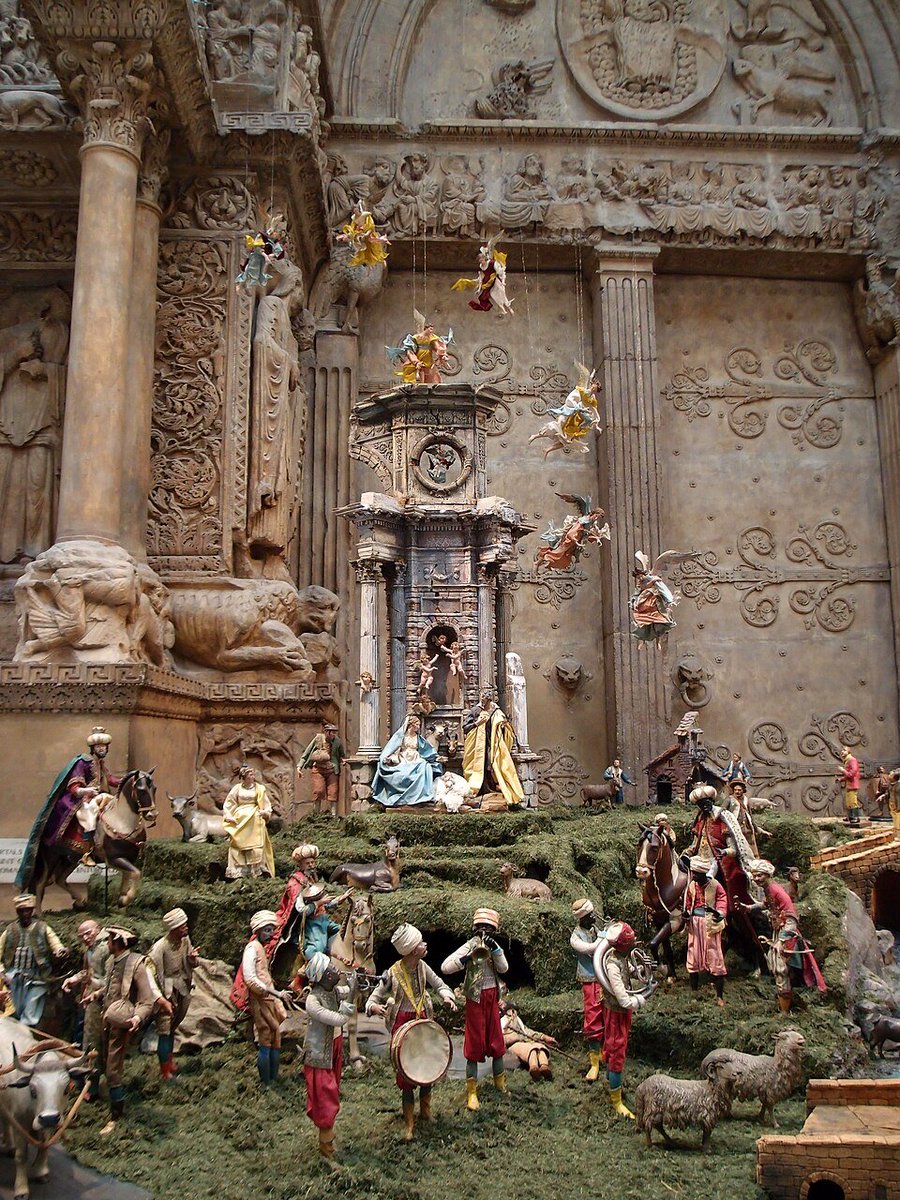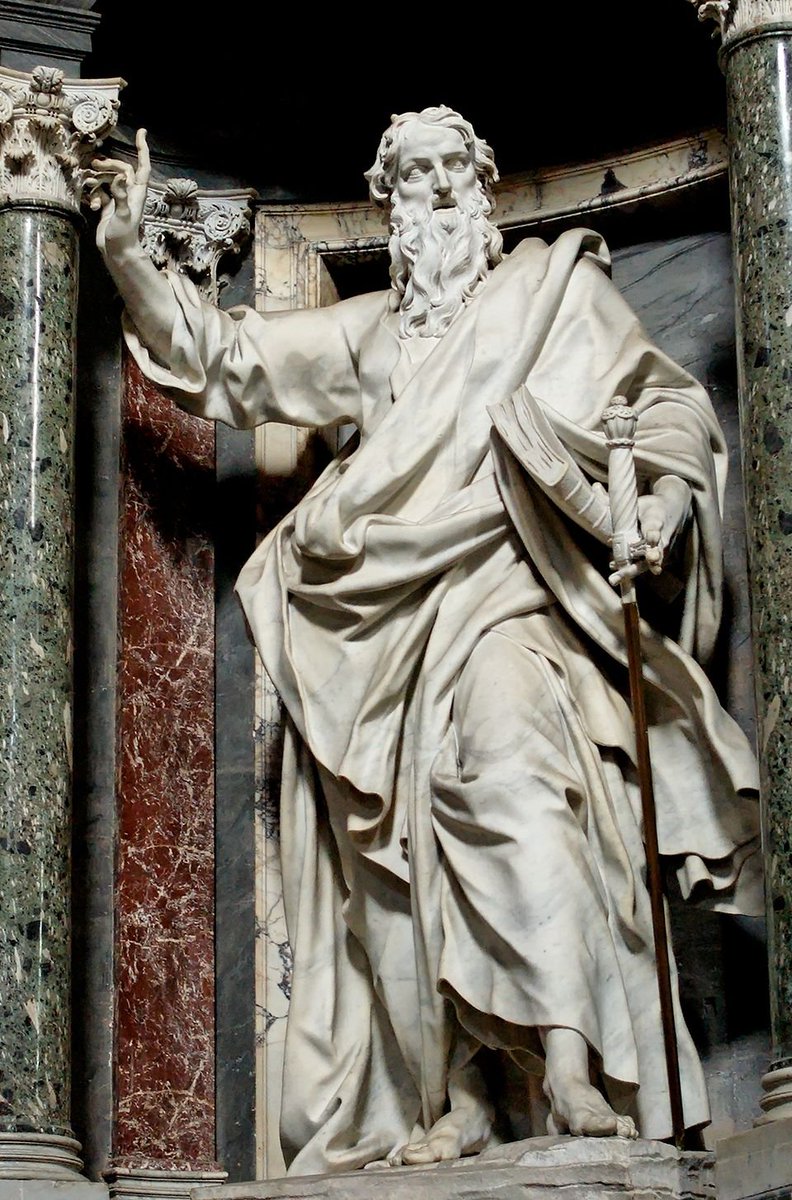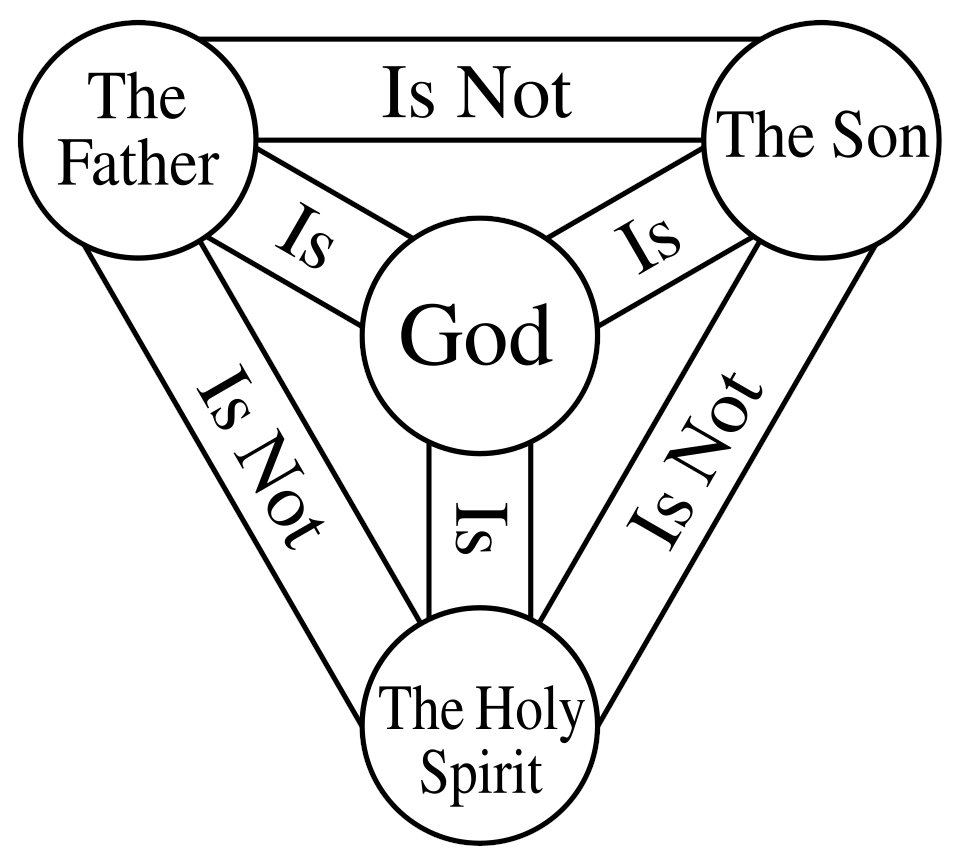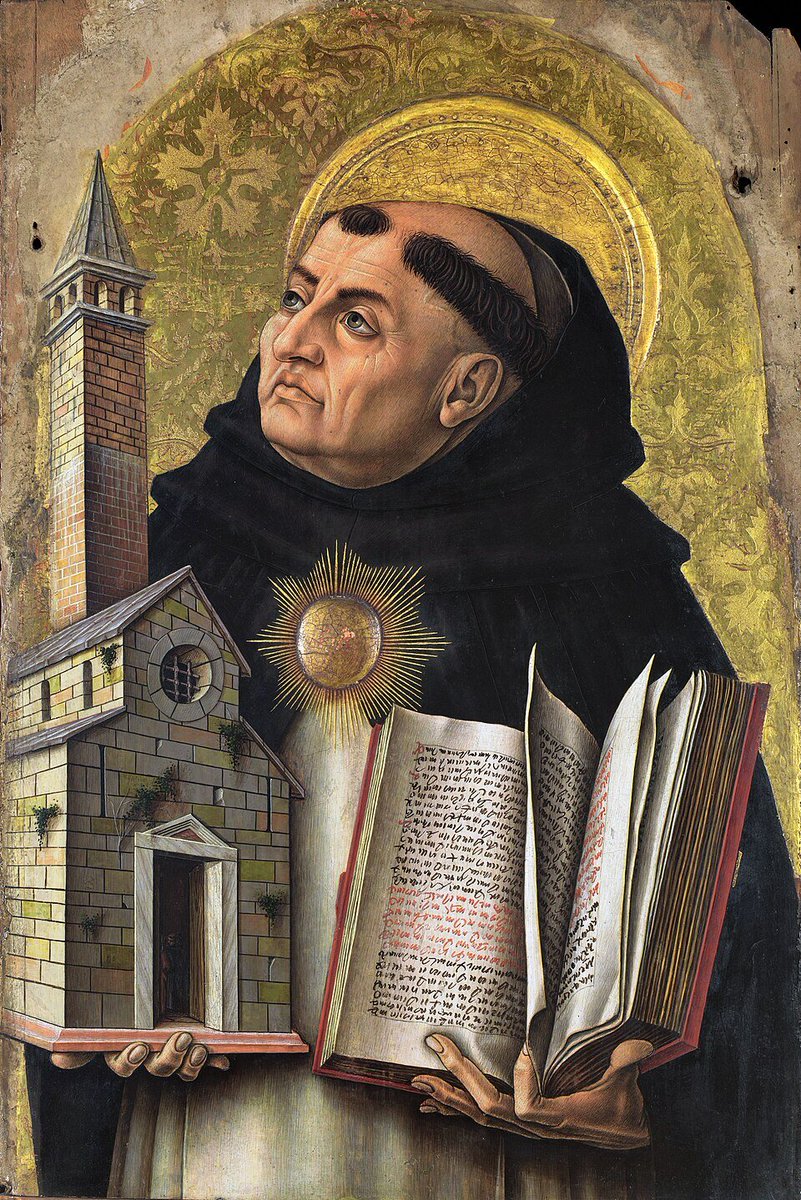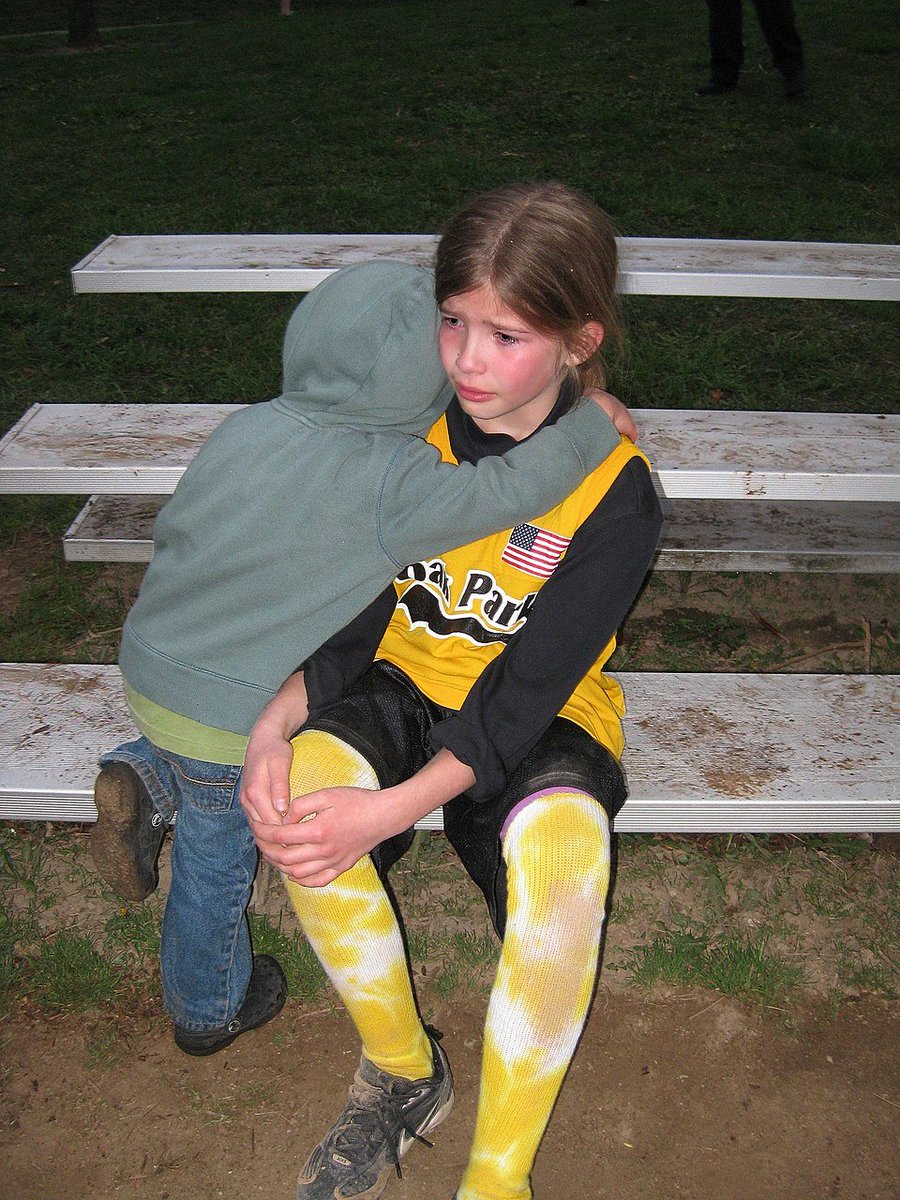Why Read?
Reading dismantles ignorance; forcing minds to confront uncomfortable truths and shatter narrow perspectives.
Frank Zappa, a fervent reader himself, famously lamented, "So many books, so little time."
Friends, reading, if important, is simply about prioritizing. 🧵⤵️
Reading dismantles ignorance; forcing minds to confront uncomfortable truths and shatter narrow perspectives.
Frank Zappa, a fervent reader himself, famously lamented, "So many books, so little time."
Friends, reading, if important, is simply about prioritizing. 🧵⤵️

As I prioritize reading, anxiety peaks with the realization: "I'm a slow reader. How do I learn to read fast?"
Speed reading is a great way to read because it maximizes efficiency by enabling us to consume more content in less time.
Here is how I approach speed reading:
1. I set goals and understand the purpose of what I am reading.
2. Next, I would look through the entire text to get an overview.
3. I try not to silently pronounce each word.
4. I focus on visual recognition of words and phrases.
5. I might use a pointer while reading to guide my eyes across the text.
The goal of this exercise is to read fast while maintaining comprehension.
"Once you learn to read, you will be forever free." - Frederick Douglass
Speed reading is a great way to read because it maximizes efficiency by enabling us to consume more content in less time.
Here is how I approach speed reading:
1. I set goals and understand the purpose of what I am reading.
2. Next, I would look through the entire text to get an overview.
3. I try not to silently pronounce each word.
4. I focus on visual recognition of words and phrases.
5. I might use a pointer while reading to guide my eyes across the text.
The goal of this exercise is to read fast while maintaining comprehension.
"Once you learn to read, you will be forever free." - Frederick Douglass

An average book of 200-300 pages typically takes 6-10 hours to finish for an adult reader with a reading speed of 200-300 words per minute.
To manage time effectively, consider setting a reading goal: 20 minutes daily for a month, 40 minutes daily for two weeks, or an hour daily for one week, ensuring successful completion of the book.
"You can never get a cup of tea large enough or a book long enough to suit me." - C.S. Lewis
To manage time effectively, consider setting a reading goal: 20 minutes daily for a month, 40 minutes daily for two weeks, or an hour daily for one week, ensuring successful completion of the book.
"You can never get a cup of tea large enough or a book long enough to suit me." - C.S. Lewis

Writing about art, culture, and travel necessitates extensive reading unless one has traversed the globe.
However, even traveling demands significant reading to avoid embarrassment in unfamiliar cultures.
"The more that you read, the more things you will know. The more that you learn, the more places you'll go." - Dr. Seuss
However, even traveling demands significant reading to avoid embarrassment in unfamiliar cultures.
"The more that you read, the more things you will know. The more that you learn, the more places you'll go." - Dr. Seuss

"A reader lives a thousand lives before he dies. The man who never reads lives only one."
- George R.R. Martin
- George R.R. Martin

• • •
Missing some Tweet in this thread? You can try to
force a refresh









